History painting refers to famous paintings of history, mythology, literature, or religion. These paintings are often grand in scale and dramatic in nature, evoking emotion and provoking thought.
Historical paintings are more than just pictures of the past; they are stories with morals or political messages.
History painting has been captivating artists and art lovers for centuries. It allows us to delve into the past and witness significant moments and events. History paintings range from depictions of epic battles and important religious scenes. They provide a window into the past, allowing a deeper understanding of our collective history.
Join us on a discovery of history paintings and the power and significance of this genre of art.
The Evolution of History Painting
History painting became its own genre during the Renaissance art period, particularly in works of art in the 16th and 17th centuries. During this time, artists enjoyed creating paintings that depicted historical events and influential individuals. They believed that these subjects were crucial for shaping morals and enriching culture.
Artists changed their focus because they were interested in ancient times, humanism, and new ideas and knowledge. History painting is a genre where artists show their skills and intelligence by depicting important historical events.
People also see history painting as a way to elevate the status and prestige of the artist. It requires a deep understanding of history, mythology, and literature and mastery of composition, perspective, and anatomy. The establishment of history painting is one of the highest forms of art, with famous paintings by artists Leonardo da Vinci, Michelangelo, and Raphael leading the way.
Historical Paintings of the Renaissance Art Period
We should not underestimate the influence of religious themes and biblical narratives in history painting. During the Renaissance, oil paintings depict scenes from the Bible and other religious events. The artists chose the subject matter of religious paintings for several reasons.
Firstly, religion played a central role in people’s lives at this time. The Catholic Church was a powerful institution, and religious beliefs and practices were deeply ingrained in society. Depicting religious scenes allowed artists to connect with their audience on a spiritual level and convey moral and ethical messages.
Religious paintings allow artists to display their technical and artistic skills, and interestingly, religious art was seen to elevate the artist’s status.
Famous Renaissance artists Leonardo da Vinci, Michelangelo, and Raphael were skilled at depicting religious scenes with emotion, realism, and beauty. The Papacy, other religious institutions, and the Medicis highly sought after these artists for religious commissions.
Famous Renaissance History Paintings
The Creation of Adam by Michelangelo. Michelangelo’s famous Renaissance history paintings depict various biblical scenes and stories. The Creation of Adam is found on the Sistine Chapel ceiling. It portrays the powerful moment when God breathes life into Adam, symbolizing the divine connection between God and humanity.
Michelangelo’s Hand of God painting captures the essence of his artistic genius and is an enduring symbol of the Renaissance art era.
The School of Athens by Raphael is celebrated for his remarkable Renaissance art.
The School of Athens is a remarkable Renaissance painting representing the intellectual and philosophical ideas of the Renaissance era. Raphael’s painting is located in the Vatican Apostolic Palace. It depicts a gathering of historical and philosophical figures in an elaborate architectural setting.
Raphael’s history painting skillfully portrays famous scholars and thinkers like Plato and Aristotle engaging in lively discussions and debates. It is a dynamic composition utilizing various techniques such as perspective and foreshortening. The School of Athens is a beautiful example of Renaissance art. It shows different people with unique personalities and represents the pursuit of knowledge and wisdom.
Themes and Subjects in History Painting
Historical themes are a crucial aspect of history painting, used by artists to convey messages of power, morality, and the human condition. These themes range from heroic battles and epic tales of love and betrayal to critical moments in religious or political history.
- The Death of Socrates by Jacques Louis David depicts the philosopher’s final moments before his execution. The painting is not just a representation of an event but a commentary on the virtues of stoicism and the pursuit of truth, even in the face of death.
- Liberty Leading the People is a famous painting created by renowned artist Eugene Delacroix. It is a masterpiece painting portraying a historical event with immense significance. It captures the spirit of rebellion and the pursuit of freedom when the people of Paris rose against oppression to fight for their rights.
The central figure in Delacroix’s Liberty Leading the People is none other than Liberty herself, a powerful and iconic symbol representing freedom, justice, and the triumph of the human spirit. Her posture exudes strength and determination as she boldly leads a diverse group of people from all walks of life – workers, soldiers, students, and even children – who have united in their fight for liberty and equality. This diverse representation symbolizes the French people’s collective efforts and shared ideals during this pivotal moment in history.
Liberty Leading the People is an awe-inspiring painting that captures the essence of a particular historical event with artistic brilliance. Through historical references and meticulous brushwork, Delacroix’s famous painting immerses viewers in this pivotal moment in history, enabling them to appreciate the significance and lasting impact of this iconic history painting.
Famous Paintings of Historical Events.
Historical events depicted in history paintings range from famous battles and wars to religious ceremonies and important political events.
- The Death of Marat by Jacques-Louis David portrays the assassination of Jean-Paul Marat during the French Revolution.
- Napoleon Crossing the Alps, also by Jacques Louis David, depicts the French military and political leader Napoleon Bonaparte on horseback crossing the treacherous Alps mountain range. The painting is known for its dramatic and heroic portrayal of Napoleon, emphasizing his power and determination. It has become an iconic representation of Napoleon’s military conquests and larger-than-life persona.
- Washington Crossing the Delaware by Emanuel Leutze depicts George Washington’s famous crossing of the Delaware River during the American Revolutionary War. Emanuel Leutze’s oil painting is a patriotic painting of Washington and his soldiers braving harsh winter conditions.
Washington Cross the Delaware.
In addition to events, historical paintings often feature prominent historical figures as central subjects. These figures can be political leaders, religious figures, or influential individuals from various fields. For instance, The Last Supper by Leonardo da Vinci portrays Jesus and his disciples.
Greek and Roman Mythology and Ancient History Paintings
Classical myths and legends have long been a popular subject for history paintings. These artworks often depict stories and characters from ancient Greek and Roman mythology and other mythological traditions from around the world.
One example of a famous history painting based on a classical myth is The Birth of Venus by Sandro Botticelli. This masterpiece painting portrays the mythological goddess Venus emerging from the sea as a fully-grown woman. It captures the ethereal beauty and grace associated with Venus, the goddess of love and beauty.
Another well-known example is The Judgment of Paris by Peter Paul Rubens. Rubens’ painting depicts the mythological story in which Paris, a mortal man, judges the beauty of three goddesses: Aphrodite, Hera, and Athena. His painting portrays the dramatic moment as Paris presents the golden apple to Aphrodite, who ultimately wins the contest.
The Importance of Famous Paintings from History
History painting is a powerful and captivating genre that allows us to connect with the past and gain a deeper understanding of our world; through its exploration of significant events, themes, and techniques, history offers rich and immersive experiences that transcend time.
Whether through the depiction in religious paintings, famous battle paintings, or historical events, history painting remains a testament to the enduring power of art and its ability to shape our perception of history.

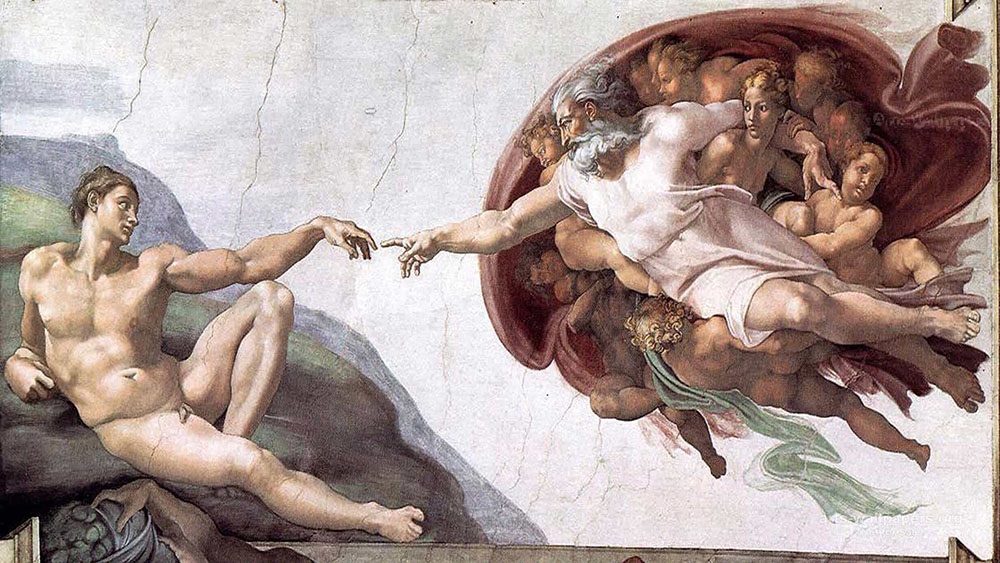
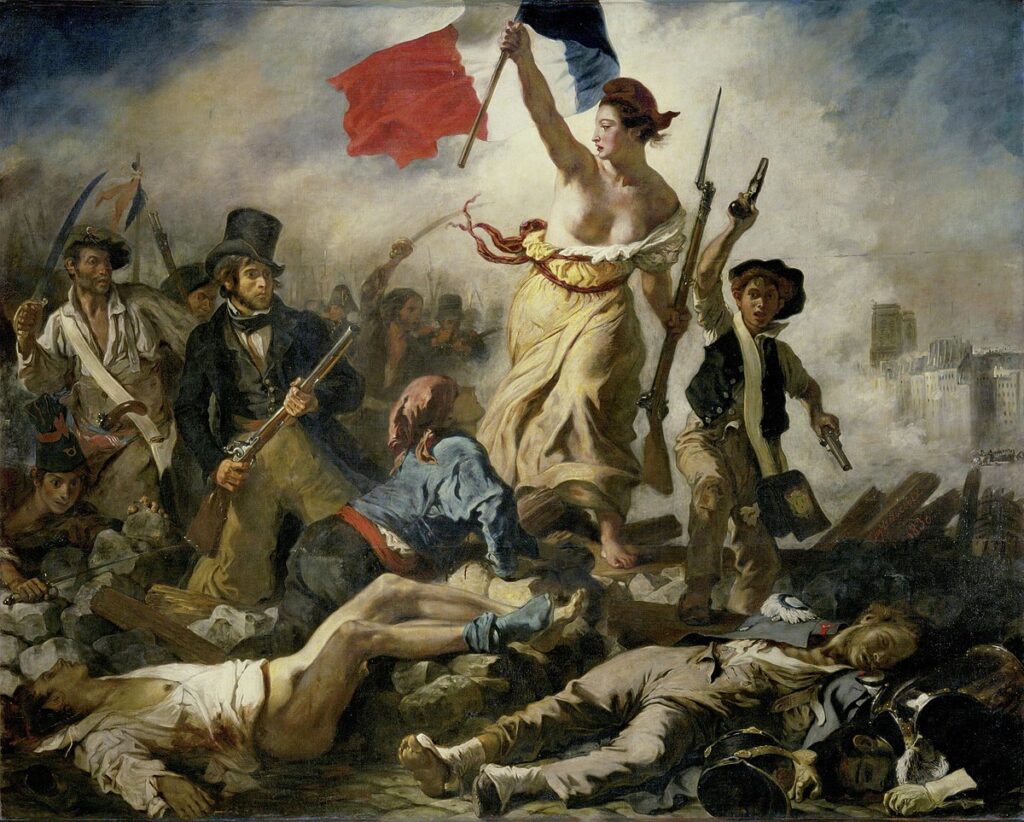
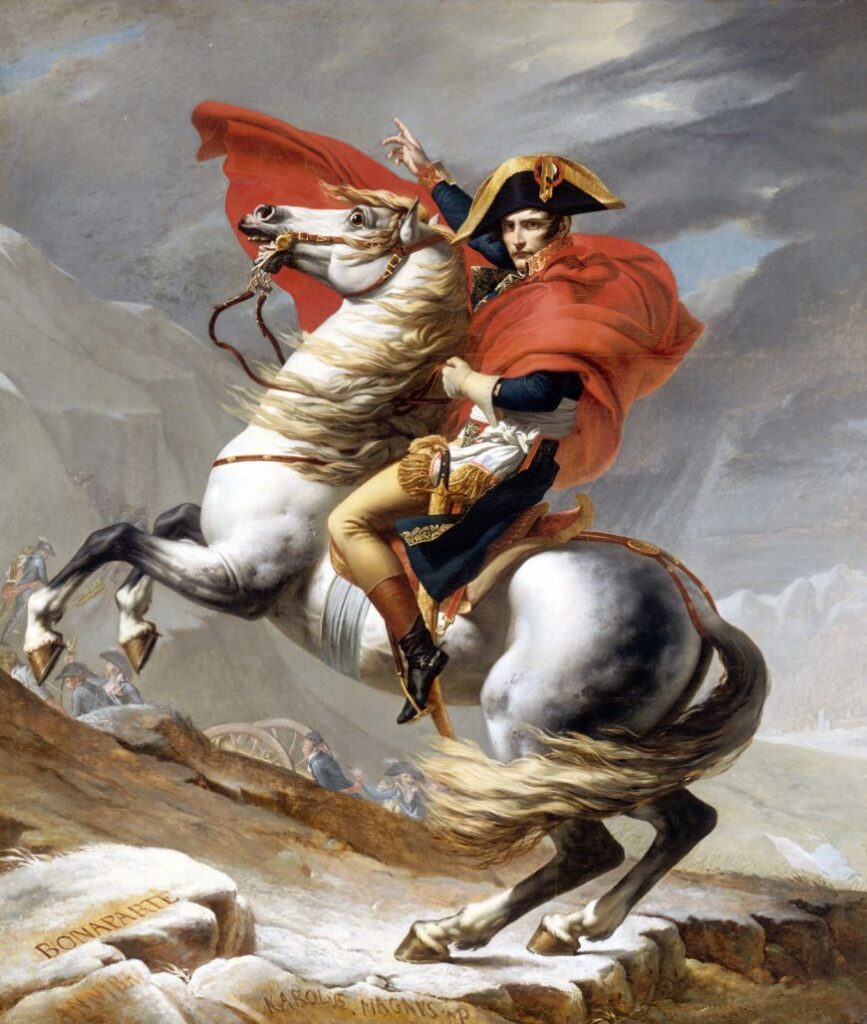
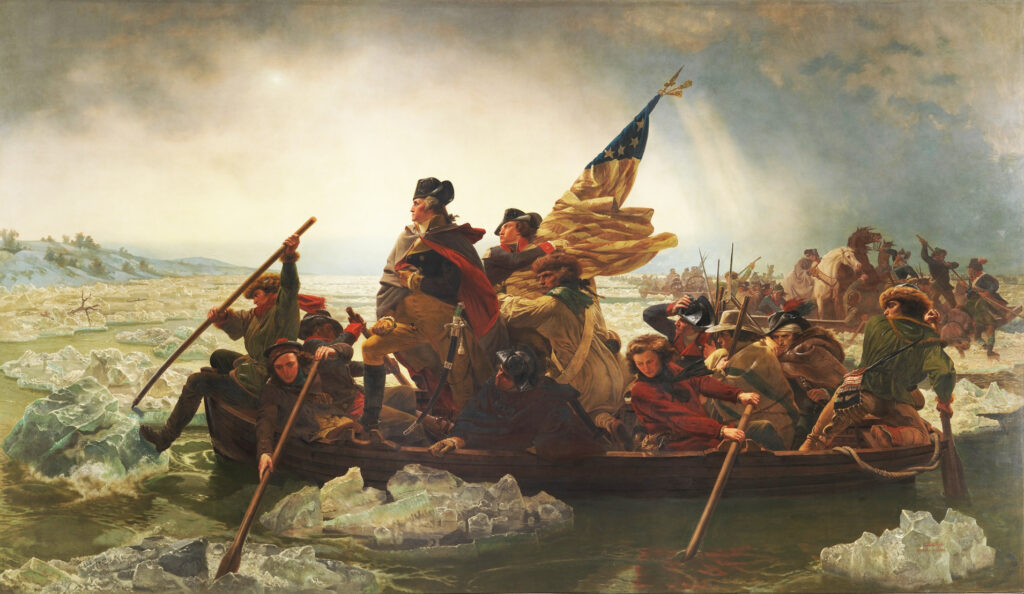
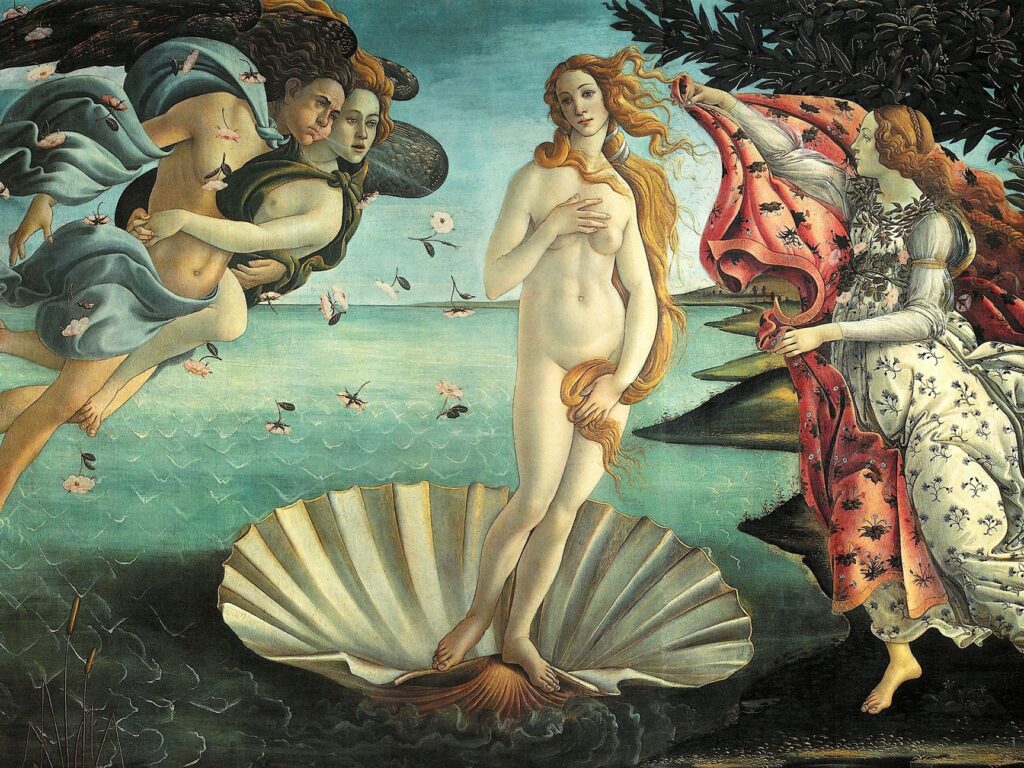
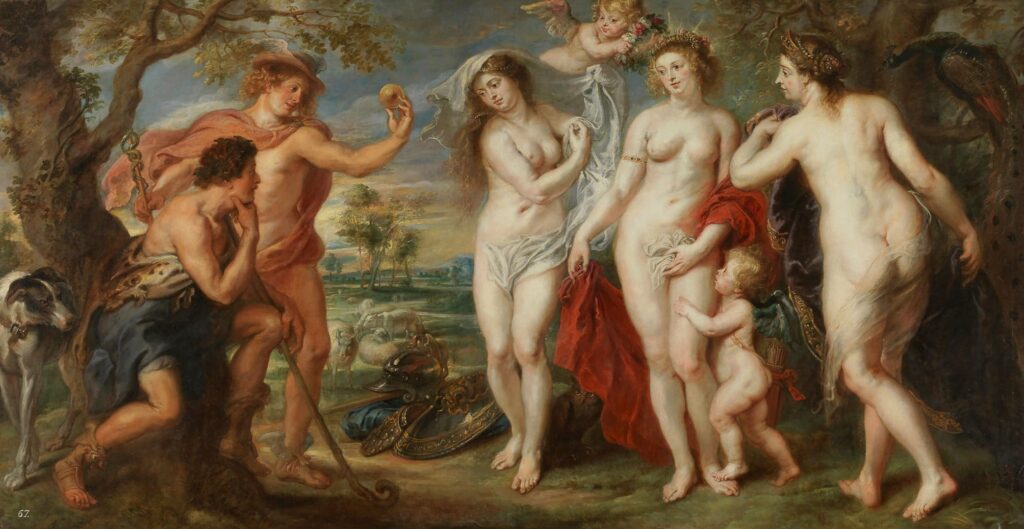
Leave a Reply
You must belogged in to post a comment.